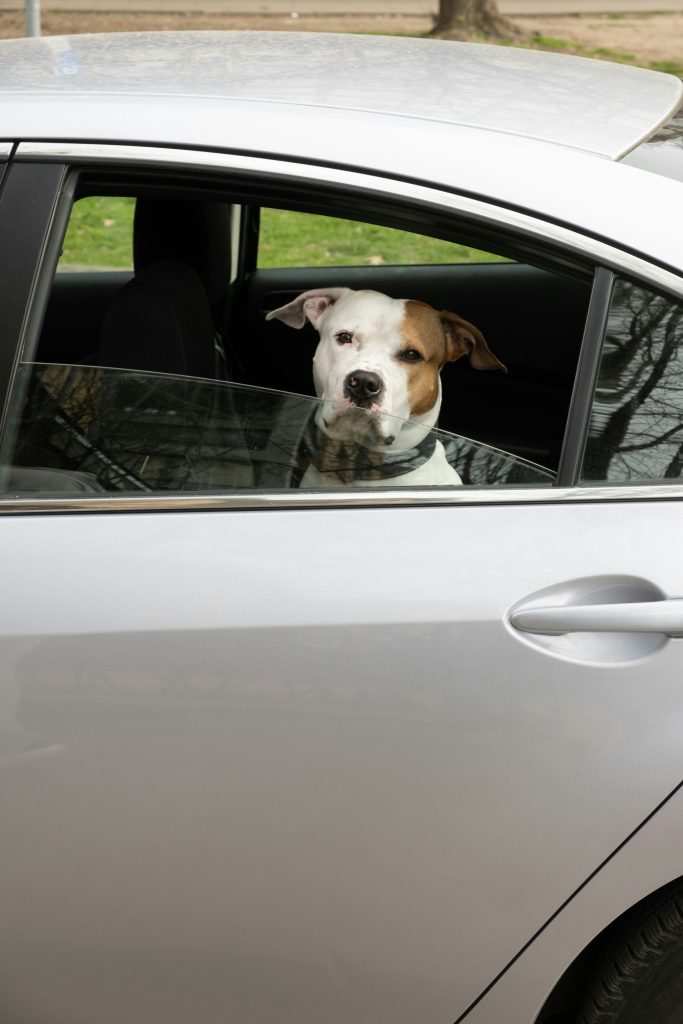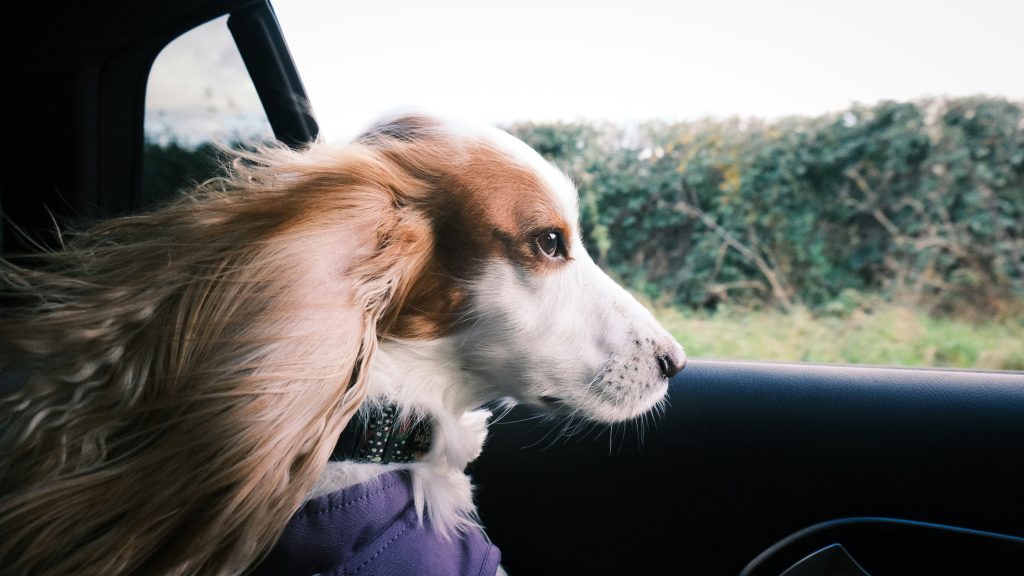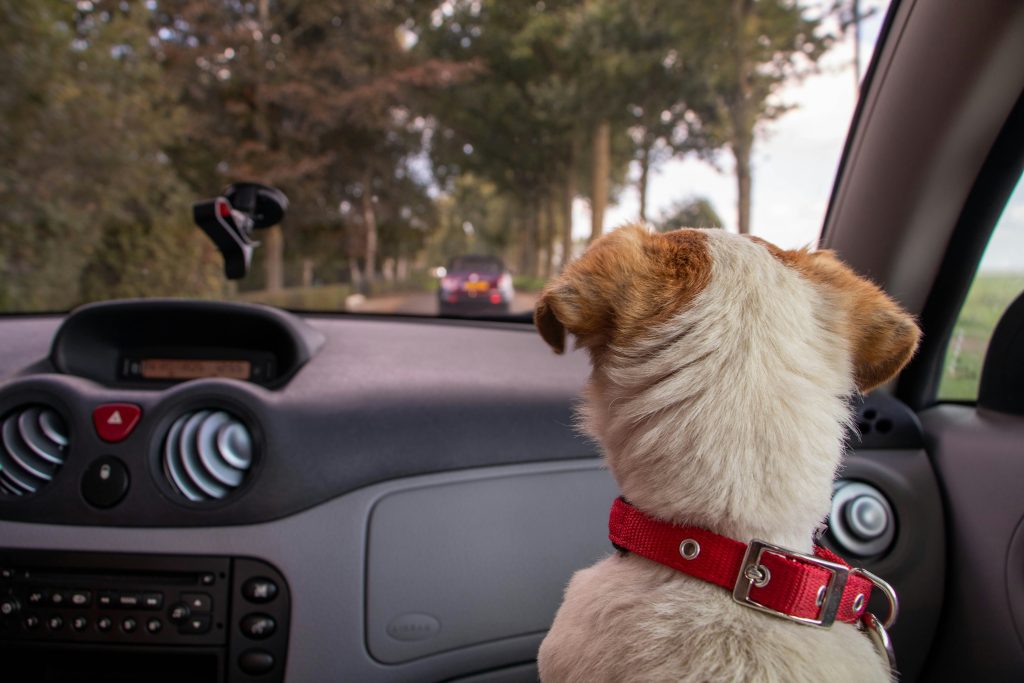Car Training for Rescue Dogs: Overcoming Fear and Past Trauma
Bringing home a rescue dog is one of the most rewarding experiences a dog lover can have. These dogs often come from difficult backgrounds—some have been abandoned, neglected, or bounced from place to place without stability. While it’s amazing to offer them a second chance, it also means they may carry emotional baggage, especially when it comes to car travel.
For many rescue dogs, the car is more than just a ride—it’s a trigger. It may remind them of being surrendered, taken to the shelter, or being moved from home to home. Helping them feel safe in the car takes time, compassion, and a thoughtful training approach. In this post, we’ll walk you through how to gently and successfully help a rescue dog overcome fear and learn to love (or at least tolerate) car rides.
Why Car Rides Are Especially Stressful for Rescue Dogs
Some rescue dogs were never socialized to car rides as puppies, while others associate the car with traumatic events. Common negative associations include:
-
Being surrendered or rehomed
-
Trips to the vet or shelter
-
Confinement or isolation
-
Motion sickness or disorientation
These past experiences shape how a dog reacts to the car, even if their new life is full of love and comfort. Understanding this is the first step in helping them heal.
Signs of Car Trauma in Rescue Dogs
Watch for these behaviors:
-
Freezing or hiding when near the car
-
Panting, drooling, or trembling
-
Refusing to enter the car
-
Trying to escape from crates or seats
-
Whining, barking, or pacing inside the car
These are not signs of a “bad dog”—they’re signs of a fearful one. The key is to build trust through patience, consistency, and slow exposure.
Step-by-Step Car Training for Rescue Dogs
1. Start with a Calm, Safe Environment
Before introducing the car, work on building general trust. Your rescue dog should feel secure in your home and confident with you as their guardian. This might take a few days or weeks, depending on the dog.
-
Avoid overwhelming them with loud noises or crowded places.
-
Establish a predictable routine for meals, potty breaks, and play.
-
Use positive reinforcement—praise, treats, affection—for calm behavior.
Once your dog feels more secure at home, begin desensitizing them to the car.
2. Desensitization: Introduce the Car Slowly
This step may take several days to weeks. Don’t rush it.
Day 1–3:
-
Sit near the car with your dog on a leash.
-
Let them sniff and explore without forcing them closer.
-
Give treats and praise for calm curiosity.
Day 4–7:
-
Open the car door and sit inside without your dog.
-
Invite them to approach but don’t pull them in.
-
Toss treats inside the car to encourage exploration.
Week 2:
-
Gently lift your dog into the car if they’re small and willing.
-
If they’re large, use a ramp or entice them with treats.
-
Sit together in the parked car with the engine off. Offer more praise and treats.
Keep sessions short—5 to 10 minutes—and end them on a positive note.
3. Associate the Car with Positive Outcomes
Start taking your dog on extremely short drives—around the block or just a few minutes down the road.
-
End every ride with something fun: a walk, treats, playtime.
-
Avoid destinations like the vet or groomer at first.
-
Praise your dog calmly during and after the ride.
If your dog shows signs of stress, go back a step. The goal is always progress without pressure.
4. Use Comforting Tools and Items
Make the car feel like a safe space:
-
Bring familiar items: a blanket from their bed, a favorite toy, or a shirt with your scent.
-
Try a calming pheromone spray like Adaptil inside the car.
-
Use a crate or booster seat for extra security if your dog prefers tight spaces.
-
Play soothing music or white noise to mask sudden sounds.
These tools provide physical and emotional comfort and reduce overstimulation.
5. Avoid Triggers and Reinforce Calm Behavior
If your rescue dog barks at people, dogs, or cars outside the window, use sunshades to block their view. Reward calm behavior with small treats or verbal praise.
Don’t punish fearful behavior—this can worsen anxiety. Instead, reward calm moments and manage the environment to prevent overload.
6. Practice Patience and Repetition
You may need to repeat the same small step many times before moving forward. That’s okay.
Remember, you’re not just training your dog to ride in a car—you’re helping them rewrite their emotional experience with it. Healing trauma takes time.
7. Monitor for Physical Issues
Some dogs avoid the car due to motion sickness, not fear. Symptoms include:
-
Lip licking
-
Excessive drooling
-
Vomiting
If you suspect this, talk to your vet about medications or natural remedies. Treating physical discomfort can significantly reduce emotional stress.
What to Do During the Ride
Once your rescue dog tolerates getting in the car, focus on making the ride itself as low-stress as possible:
-
Drive smoothly: Avoid sharp turns or sudden stops.
-
Crack a window: Fresh air can help with nausea.
-
Keep them secure: A harness or crate prevents sliding or injury.
-
Avoid loud music or talking: Keep the vibe calm and consistent.
-
Don’t leave them alone: Stay with your dog until they’re fully comfortable being in the car solo.
Celebrate Small Wins
Every small victory deserves celebration:
-
Sitting calmly in the car = praise
-
Entering the car on their own = jackpot treat
-
First stress-free ride = lots of love
Your encouragement reinforces the idea that the car is safe, predictable, and full of good things.
When to Seek Professional Help
If your rescue dog shows severe distress even after weeks of training, don’t be afraid to get help from a certified dog trainer or behaviorist. A professional can:
-
Identify subtle triggers
-
Tailor a desensitization plan
-
Introduce tools like anxiety wraps, calming supplements, or medication
There’s no shame in needing expert guidance—especially when it comes to helping a rescue dog feel secure.
Final Thoughts: Healing Through Trust and Time
Helping a rescue dog feel safe in the car is about more than just training—it’s about healing. Every car ride can be an opportunity to show your dog that they’re no longer alone, no longer at risk, and never again going to be abandoned.
With consistent love, thoughtful steps, and an understanding of their past, your rescue dog can go from terrified passenger to trusted co-pilot. It may take time, but the bond you build along the way is worth every mile.



